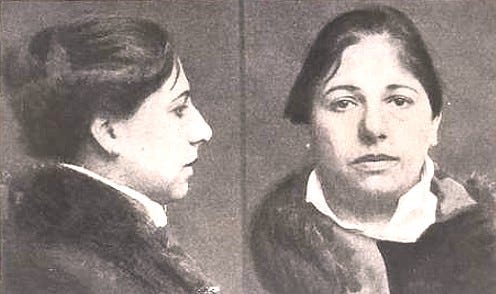She was more gifted as a dancer than as a spy. Her clumsy attempt at playing a double game, passing information to both Germany and France, led Agent H21 to her death by firing squad.
Margaretha Geertruida Zelle, better known by her stage name Mata Hari, of Dutch origin, moved to Paris in 1903 after an unfortunate marriage. There, she quickly became known as an exotic dancer.
Wearing very few clothes (and making those few disappear during the performance) raised no eyebrows, as she claimed to be performing ancient sacred oriental dances.
As was common at the time, Margaretha combined her artistic career with that of a courtesan. She associated with many men, mostly wealthy and influential.
Her extravagant lifestyle and extensive social network didn’t go unnoticed during the Great War: she was recruited first by Germany and then by France.
Her duplicity was soon discovered and she was arrested in February 1917, tried in July, and ultimately sentenced to death in September.
In Malay, Mata Hari means “eye of the day,” or “sun”: she faced the firing squad at sunrise on October 15, 1917. She was 41 years old.
Margaretha reserved one last performance for her executioners: she refused the blindfold and, it is said, blew them a kiss.
Modern interpretations suggest that, despite Mata Hari's minor role in international espionage, the French authorities decided to turn her trial into an exemplary case to boost the nation’s morale. Margaretha was the perfect scapegoat: a femme fatale without scruples, accused of selling information to the enemy, indifferent to sending thousands of soldiers to their deaths.
Until the end, she declared herself not guilty.
Her head was embalmed and kept at the Museum of Anatomy in Paris until 2000, when it was discovered to have mysteriously disappeared.
This is what the American journalist Janet Flanner wrote about her after WW1:
At another (…) intimate feminine fete, she engaged herself – at a high price, for she never forgot she was a mercenary – to dance entirely nude before ladies only. In the midst of her number, which was a Javanese warrior’s dance, done with weapons, she rightly suspected, because of the large shoes, that one of the assembled ladies was a lady’s husband, disguised. She nearly ran him through with her spear, right in the parlor. She was always courageous.





